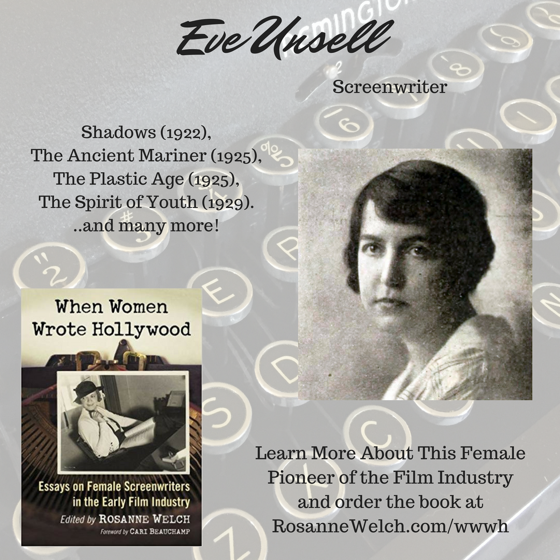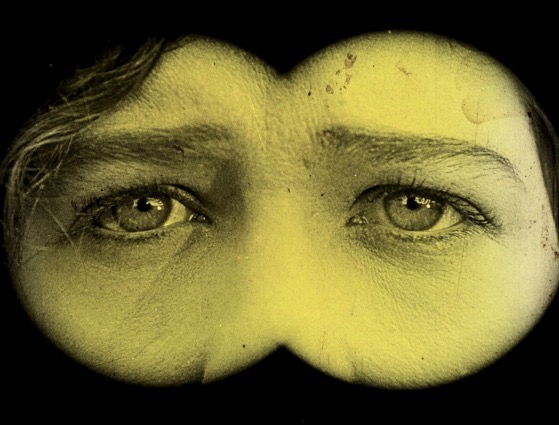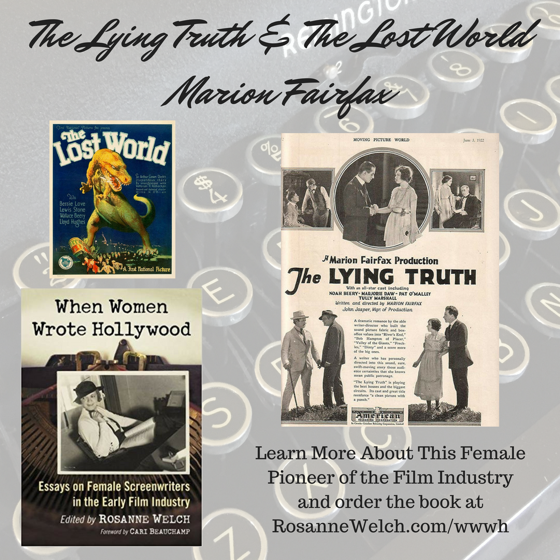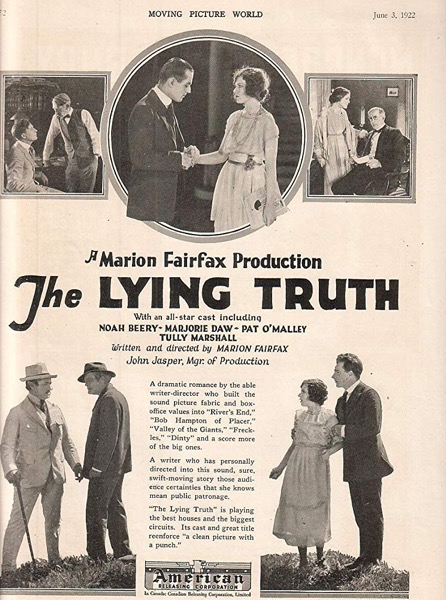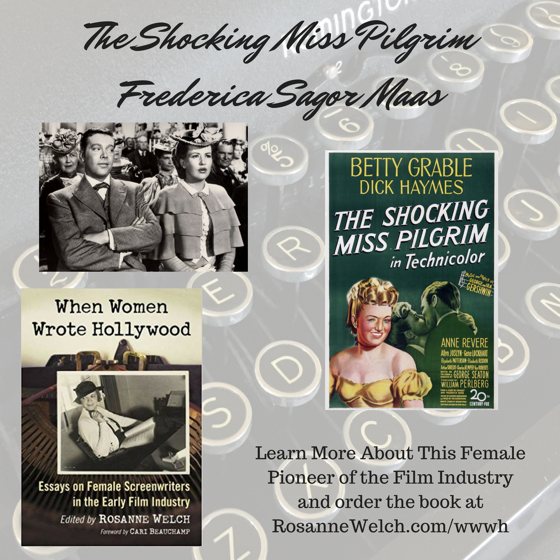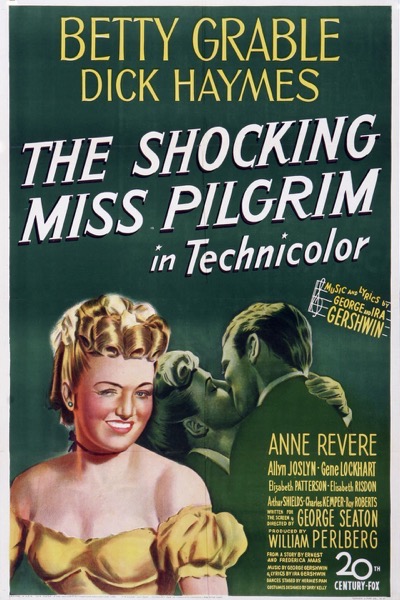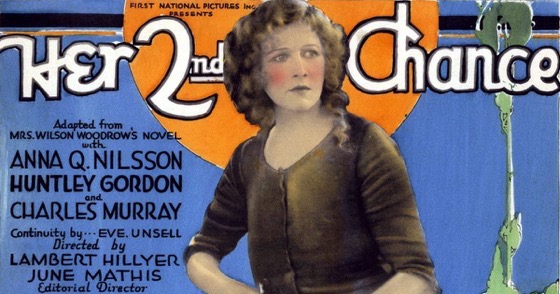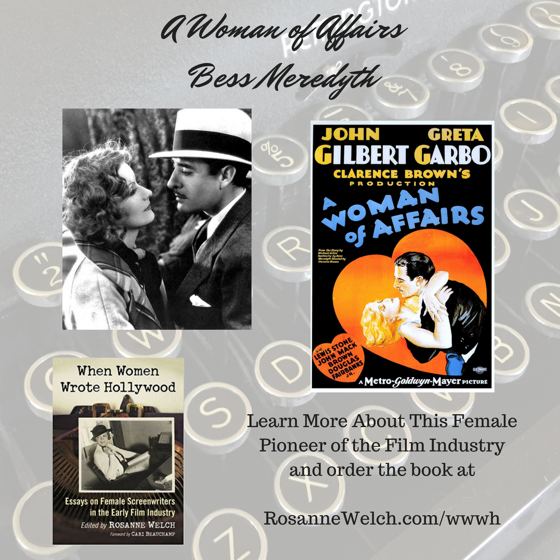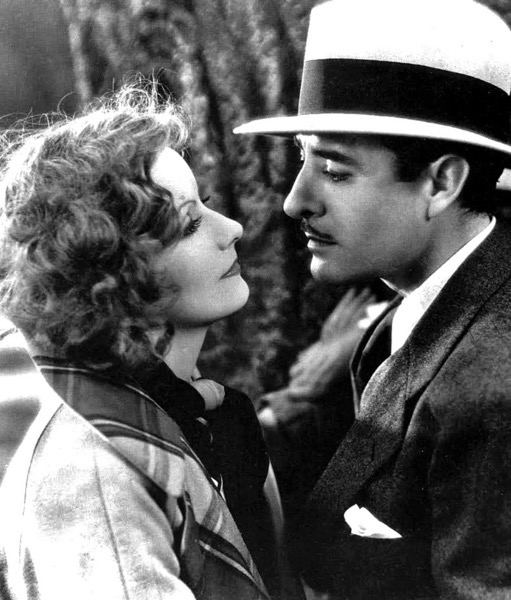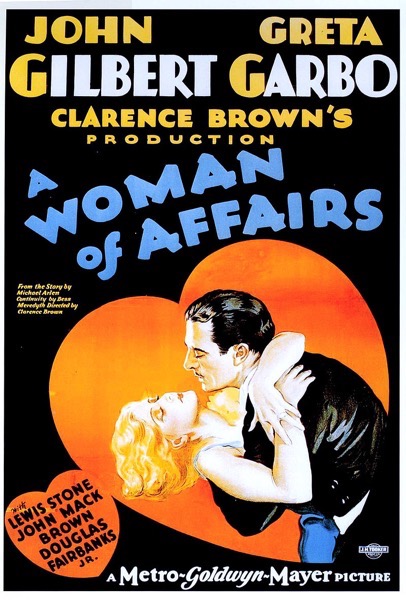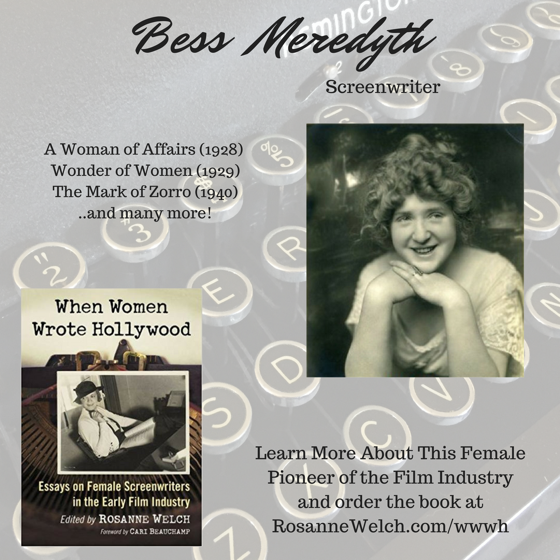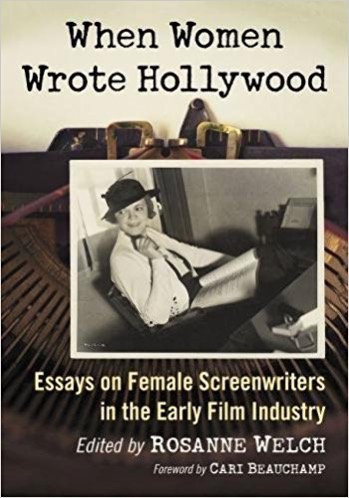
When Women Wrote Hollywood – 14 in a series – Eve Unsell
Eve Unsell (December 6, 1879[1] – July 6, 1937) was an American screenwriter. She wrote for 96 films between 1914 and 1933.[2] She was born in Chicago, Illinois, and died in Hollywood, California. Eve was an American scenarist who was known to also use the pseudonym Oliver W. Geoffreys as well as E.M. Unsell. Eve was married to a man named Lester Blankfield, but the year is disputed. Records list their marriage year as 1911, but it does not match up with other documentation. Eve Unsell was a professional in her career as a scenarist, overcoming many challenges along the way. Eve wrote for over 96 films in her lifetime, and edited over ten. Some of her most famous screen writes turned into productions include Shadows (1922), The Ancient Mariner (1925), The Plastic Age (1925), and The Spirit of Youth (1929). Although she was most famous for her work in scenario writing she can also be given credit as an adapter, company director, editor, play reader, screenwriter, theatre actress, and writer. She helped in the writing of many novels as long as editing many different pieces from literature to theatrical writing. — Wikipedia
More about Eve Unsell
- Read more about this screenwriter in When Women Wrote Hollywood
- Like When Women Wrote Hollywood on Facebook
- Eve Unsell on Wikipedia
- Eve Unsell on IMDB
- Eve Unsell at the Women Film Pioneers Project
Buy a signed copy of when Women Write Hollywood
* A portion of each sale from Amazon.com directly supports our blogs
** Many of these books may be available from your local library. Check it out!
† Available from the LA Public Library
